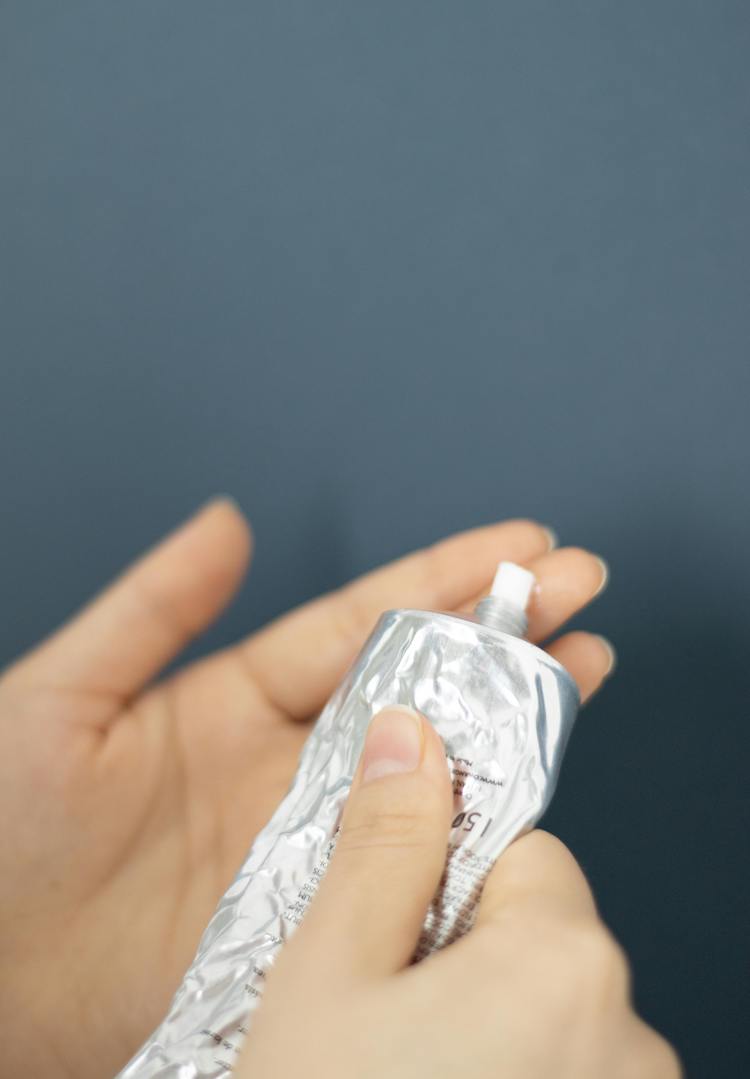What’s melasma and how do you treat it? A dermatologist explains
WORDS BY ELLY SHINKFIELD
The lowdown on this common skin problem.
For as long as I can remember, my mum has always drilled into me the importance of sunscreen. While I was well acquainted with the pain of a bad sunburn, I didn’t know that sunscreen is essential for preventing skin conditions.
Growing up, I often noticed that several family members of my family had small brown patches and spots on their skin. I always assumed it was just ageing until I saw a similar brown patch on someone much closer to my age.
Looking for more skincare recommendations? Head over to our Beauty section.
I turned to Google to find out what those ‘brown spots’ were, so I could figure out how I could prevent myself from developing them. I discovered it was melasma, a skin condition often characterised by brown or grey patches on the skin. To better understand melasma, how to prevent it and what you can do to treat it, I reached out to Dr Katherine Armour, a dermatologist and the Founder of Bespoke Skin Technology.
What is melasma?
Dr Katherine informs me that melasma is a skin condition in which individuals “develop unwanted hyperpigmentation, or increased pigmentation in sun-exposed areas of the skin, usually most prominently on the face and the neck”. It’s more common in women, however, men can develop the condition too.
To an extent, it’s an inflammatory condition as some “inflammation pathways lead to the development of melasma”. She expresses the importance of understanding that melasma is often a “chronic condition which may relapse and remit”. Dr Katherine tells me there’s no single cause of melasma as it’s triggered “by a complex interaction between light (mostly ultraviolet and visible light) and hormones”. This interaction triggers “inflammatory pathways in the skin which drive pigment formation”, resulting in melasma.
A common misconception is that oestrogen is the most significant factor in developing melasma as it “often occurs when women start oral contraceptive for the first time or when they’re pregnant”. However, Dr Katherine says the most important factor is sun exposure.
The signs and symptoms
Melasma is essentially “unwanted pigmentation on the skin” and can take two different forms: epidermal melasma and dermal melasma, and an individual can have both. The severity of melasma will vary from person to person, with some appearing as a lighter brown tone and other darker types of melasma appearing as a muddy, grey tone. The look of melasma can also vary with different skin types, for example, an individual “whose baseline colour is darker, often the pigmentation will look darker”.
Fortunately, melasma is a particularly asymptomatic skin condition. However, Dr Katherine explains that it can have an impact on a sufferer’s overall quality of life as a lot of individuals feel very self-conscious, and some may even “feel the need to camouflage it all the time”.
What can you do to reduce the risk of developing melasma?
Dr Katherine explains that the best thing you can do to reduce the risk of developing melasma is to use strict sun protection every day. It’s important to consider the impact of both ultraviolet light and visible light. In terms of ultraviolet light, Dr Katherine recommends “a broad spectrum sunscreen 50+ that blocks UVA and UVB radiation”. Visible light is blue light, and you must consider how much blue light is emitted from our devices, but “more importantly the blue light that comes from the sun”.
Dr Katherine recommends using a sunscreen that contains iron oxide, adding that ideally this sunscreen is 50+. You can also “use skincare that contains ingredients that minimise the development of pigment” and use ingredients that do not cause skin irritation as “skin can lead to pigment development”. Dr Katherine recommends using products containing anti-pigment ingredients such as niacinamide, green tea, ferulic acid, resveratrol and astaxanthin.
How do you treat it?
There are a lot of different steps you can take to treat melasma, and sometimes treatments will be combined. However, treatment will always include “strict sun protection and the use of iron oxide”. She suggests stopping hormonal contraception if you can as it increases the production of melanin in your skin. “Opting for something else like a non-hormonal IUD is a good idea if that’s possible for you.”
Cosmeceutical preparations can be used to treat melasma but you need to be careful to avoid anything that will cause inflammation. She tells me that retinoids, bakuchiol and alpha hydroxy acids like lactic acid “help to gently exfoliate and lift the pigment”.
If these treatments don’t work, Dr Katherine says dermatologists will often prescribe pigment-fading prescription medications such as hydroquinone for up to three months at a time. In conjunction with this, often a “skin-fading cream that contains hydroquinone and retinoid and sometimes a small amount of cortisone” is used. These creams are short-term treatments and are often only left on the skin for 15 minutes and then washed off.
You can also very carefully use chemical peels to lift the pigment but these must be gentle to avoid inflammation. She tells me that dermal needling and low fluence lasers can be used to treat melasma. However, with lasers, as melasma is often relapsing and remitting, it’s important to understand that the treatment will last “for months at a time and will likely need retreatment over time”.
Another useful treatment is a tablet called tranexamic acid that’s used for three months at a time and can be “extremely effective, along with other topical measures and sun protection”. Dr Katherine informs me this tablet can’t be taken if you have a history of blood clots, or have a condition that makes you prone to clotting.
It’s important to have realistic expectations when it comes to the treatment of melasma. Dr Katherine tells me sufferers need to understand that treatment is a journey, and “there is often a need for retreatment down the track”.
To learn more about melasma, head here.













